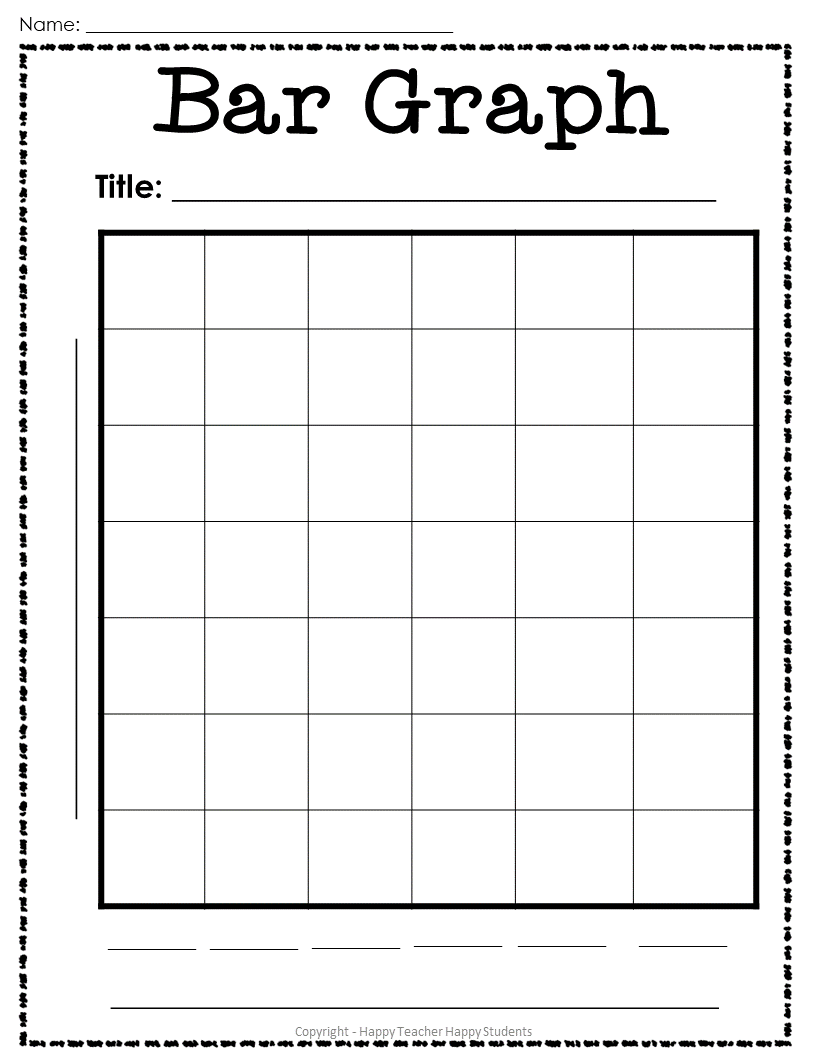Empty Graph Template: A Comprehensive Guide
In the realm of data visualization, the Empty Graph Template serves as a foundational tool. It’s a blank canvas upon which you can construct intricate and informative graphs, charts, and diagrams. This guide will delve into the intricacies of empty graph templates, their significance in data analysis, and how to effectively utilize them.

Image Source: classful.com
An empty graph template is essentially a pre-formatted structure that provides a framework for creating visual representations of data. It typically includes gridlines, axes (horizontal and vertical), and a legend. These elements work together to organize and present data in a clear and understandable manner.
Gridlines: These are horizontal and vertical lines that intersect to form a grid on the graph. They provide a visual reference for plotting data points.
Empty graph templates hold immense value in data analysis and communication. They offer several advantages:
Clarity and Conciseness: Visualizing data through graphs can make complex information more accessible and easier to understand.
1. Determine the Purpose: Clearly define what you want to convey with the graph. This will help you choose the appropriate type of graph (e.g., bar chart, line chart, pie chart).
2. Select the Right Variables: Identify the variables you want to plot on the x and y axes. Ensure they are relevant to your purpose.
3. Choose a Suitable Scale: Determine the appropriate scale for each axis based on the range of your data.
4. Label Axes and Legend: Clearly label the axes and include a legend to explain any symbols or colors used.
5. Plot Data Points: Carefully plot the data points on the graph using the chosen scale.
6. Add Title and Notes: Give your graph a descriptive title and add any necessary notes or annotations.
Empty graph templates are indispensable tools for data visualization and communication. By understanding their components and following the steps outlined above, you can create informative and visually appealing graphs that effectively convey your message. Whether you’re a researcher, analyst, or student, mastering the use of empty graph templates will enhance your ability to analyze and present data.
1. What is the difference between a bar chart and a line chart?
2. When should I use a pie chart?
3. How can I avoid common mistakes in graph design?
4. What are some best practices for labeling axes and legends?
5. Can I use empty graph templates for creating interactive graphs?
Empty Graph Template








